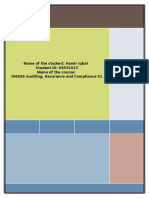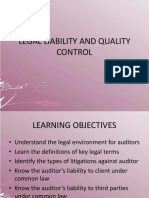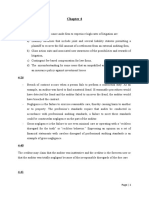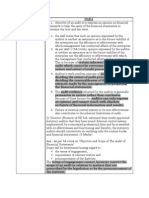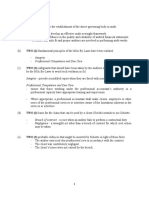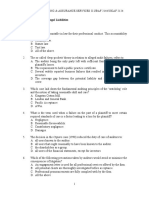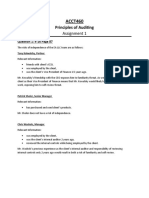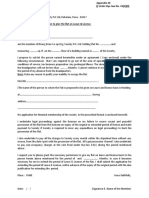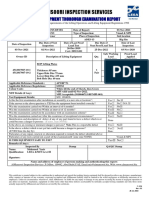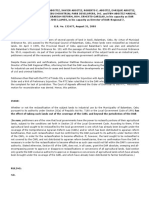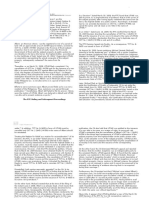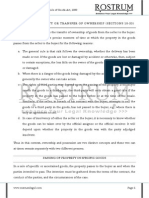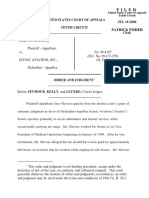Tutorial 5 Question 1 (a)To prove negligence, Sampoorna needs to go to the relevant auditing standards to evaluate whether Dilip has
complied. A breach of auditing standards would indicate that the auditor has been negligent. When inventory is located in several locations, the auditors should consider which locations to attend based on control risk and materiality. The inventory in Pahang seems to be clearly material; therefore the auditor appears to have breached this requirement.
When it is impracticable to attend the stock count, the auditor should perform alternative audit procedures. There seems to be no indicator that the auditor performed alternative audit procedures therefore this requirement has been breached.
ISA 580 gives guidance on using representations from management: The auditor should obtain written representations from management on specific matters when other sufficient audit evidence cannot reasonably be expected to exist. In this case there would have been other evidence the auditor could have obtained rather than just relying on managements representations.
(b)It certainly appears that Dilip have been negligent. However, the more important issue in this case s whether Dilip owes Sampoorna a duty if care, the key case that is most relevant to the facts of this case is the Caparo case (1990). On appeal to the House of Lords it was found that a duty of care was owed only to existing shareholders and to whom the auditor knew their report would be sent and relied upon. To owe a duty of care the following would have to be established: The report was prepared on the basis that it would be conveyed to a third party. The report would be conveyed for a purpose that was likely to be relied upon by that third party. The third party would be likely to act in reliance on that report, thus running the risk of suffering the loss if the statement was negligently prepared.
It is therefore very unlikely that Sampoorna will win the case.
�Question 2 (a)The plaintiff may claim there was a duty of care: 1. Arising from the statutory audit 2. Arising from the extra statutory recommendation The plaintiff may claim that the auditors did not exercise reasonable skill and care in the following areas: References to auditing standards and other indications of practices acceptable to the profession Questions over independence (size if fee) Circumstances regarding the treasury management dept should have warranted particular care Poor segregation of duties Inadequate accounting system Missing document Adequacy of management explanations Materiality of the transactions Adequacy of note to the accounts
(b)Courts will apply two tests: 1. Did the auditors exercise reasonable skill and care? 2. Did their negligence cause the loss? Regarding the extra statutory claim, it is not part of an auditors duty to give advice. It was only a recommendation and a sensible one. It was the companys poor implementations that lead to the loss. The auditors were not negligent but exercised reasonable skill and care (Kingston Cotton Mill) Errors of judgement in themselves are not proof of negligence No suspicious circumstance Causation- allowing the company to carry on trading is not the same thing as causing a loss Contributory negligence Independence- no evidence to prove that the auditors were not independent.
(c) ISA 240 requires that an audit be designed to provide reasonable assurance that of detecting both material errors and fraud in the financial statements. To accomplish this audit must be planned and performed with an attitude of professional scepticism in all aspects of the engagement. The auditor should not audit with the belief that the management is dishonest but should not rule out possibility of dishonesty.









